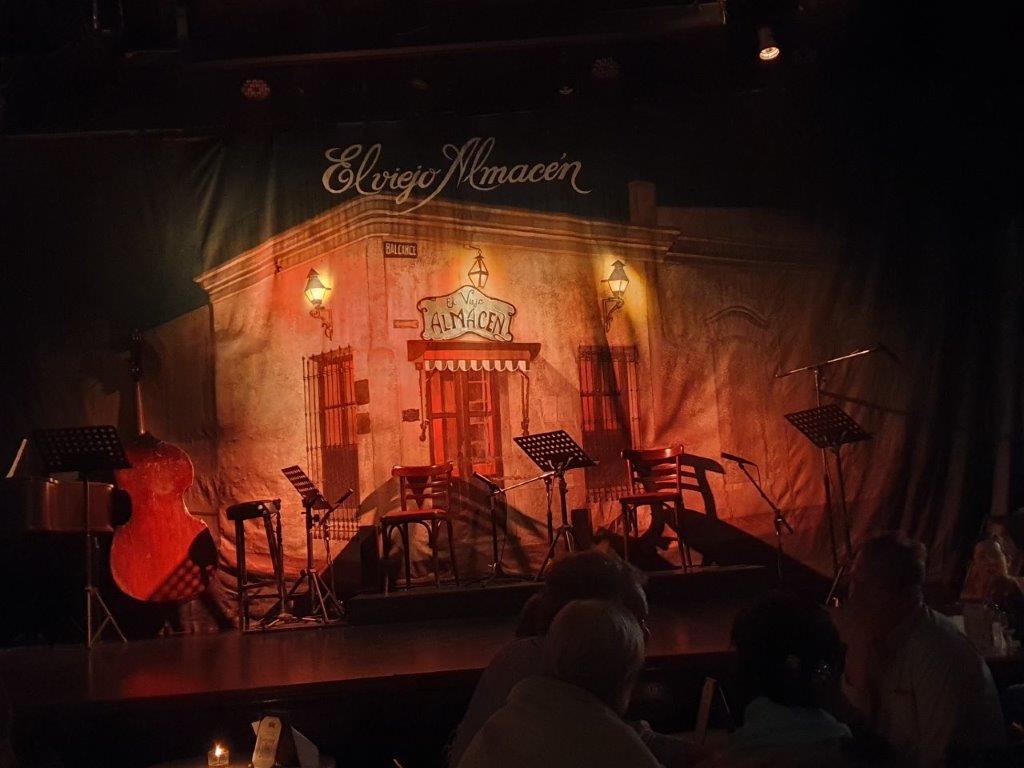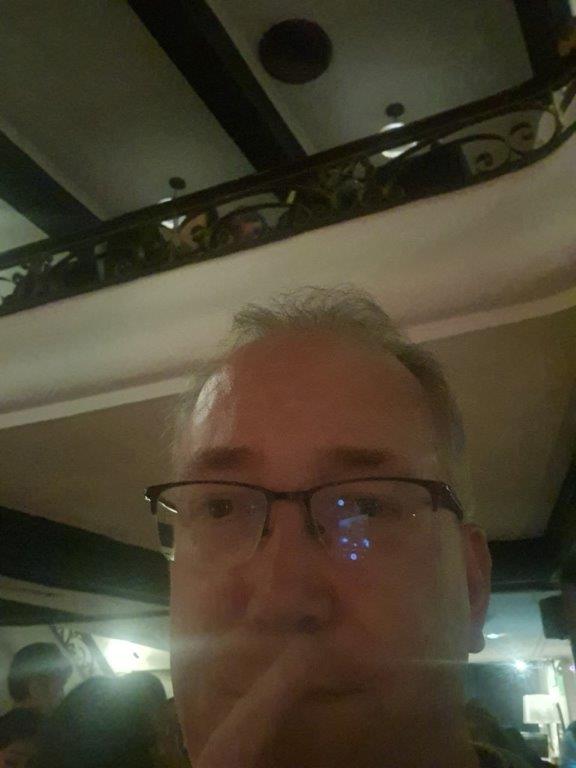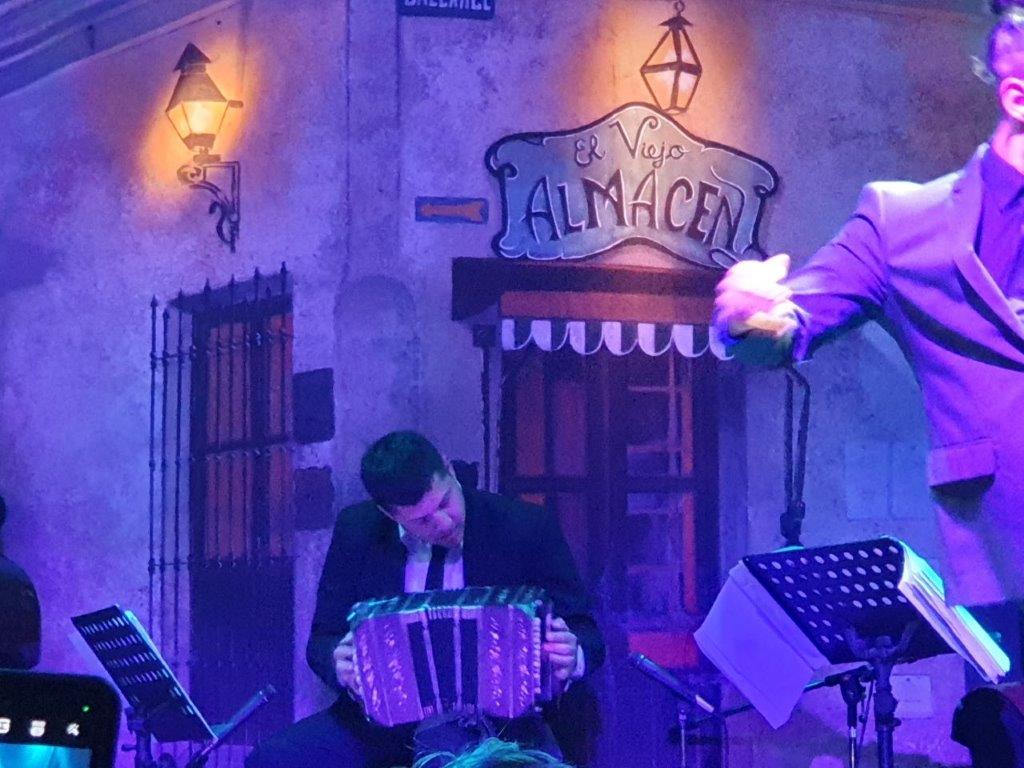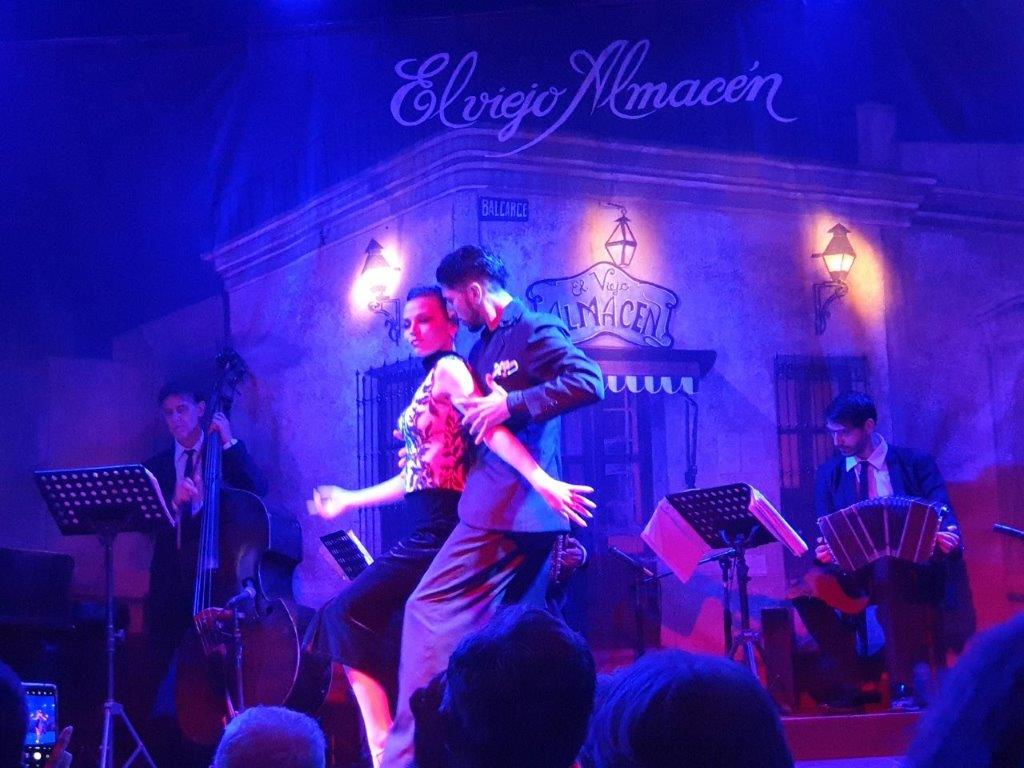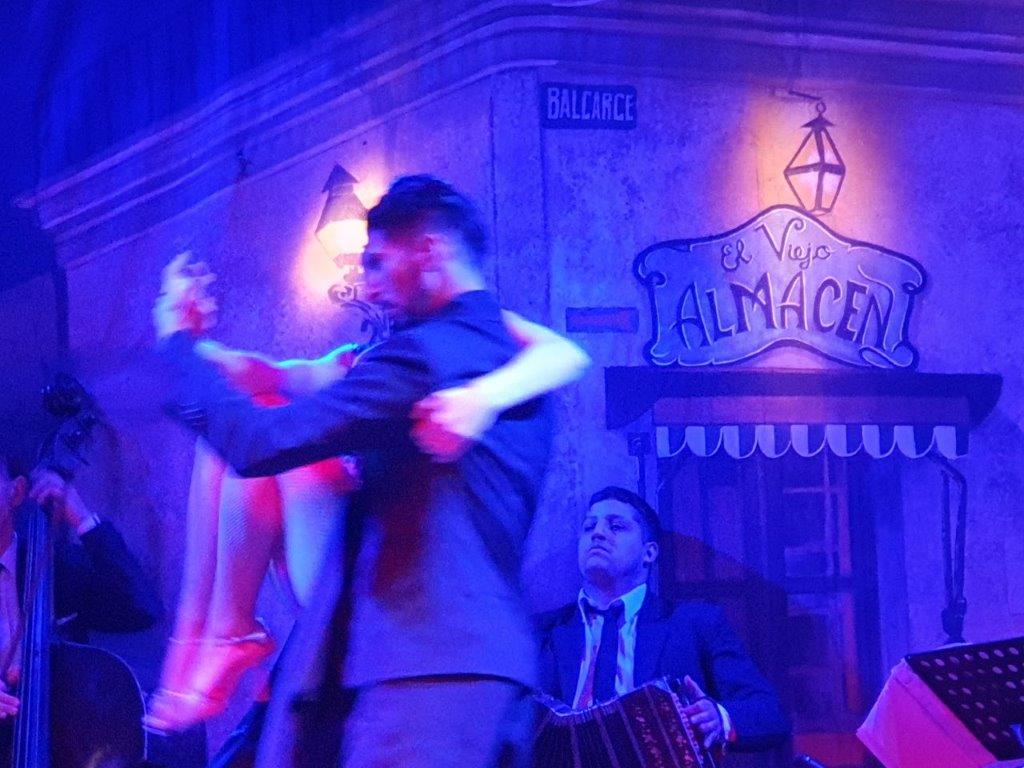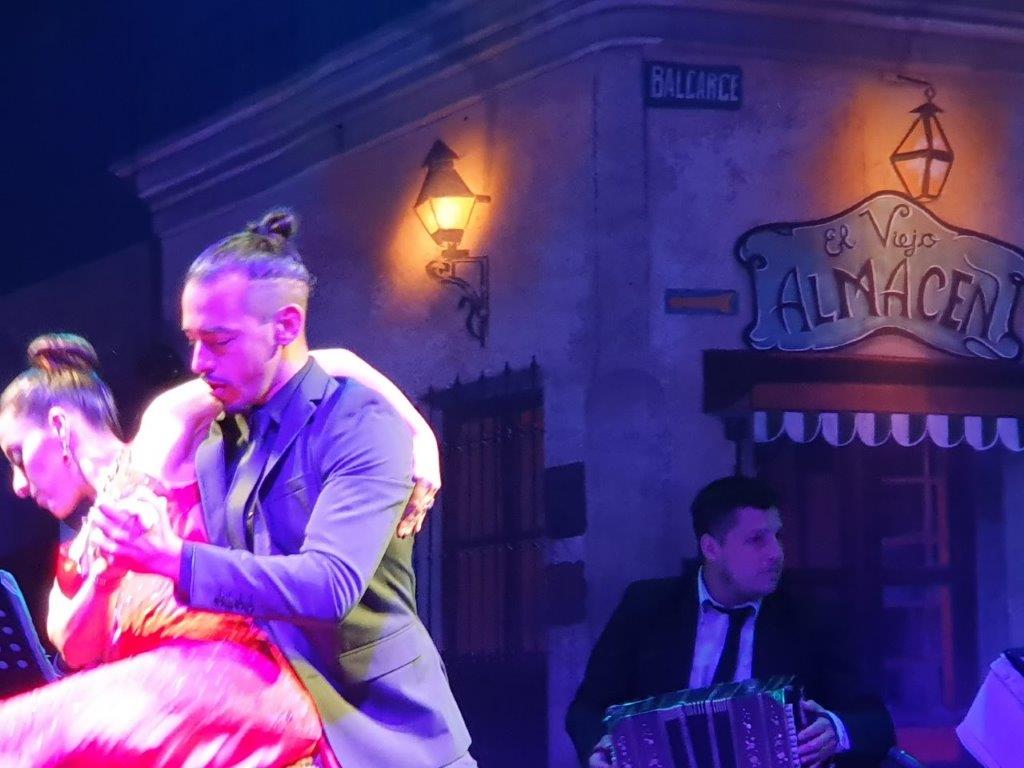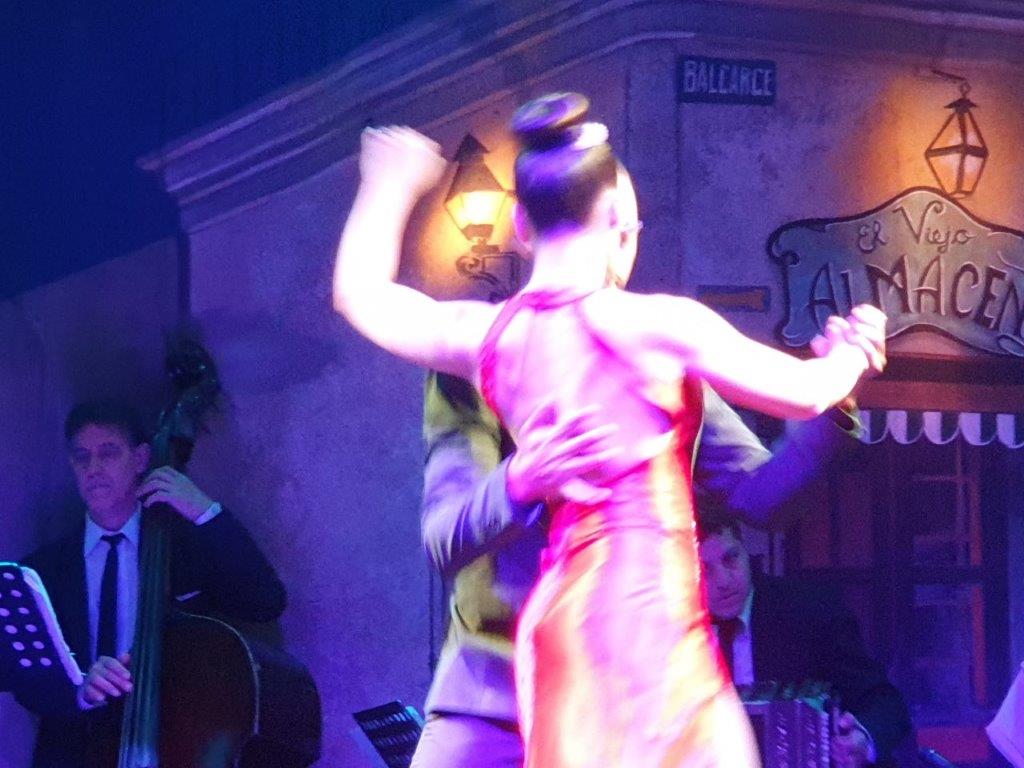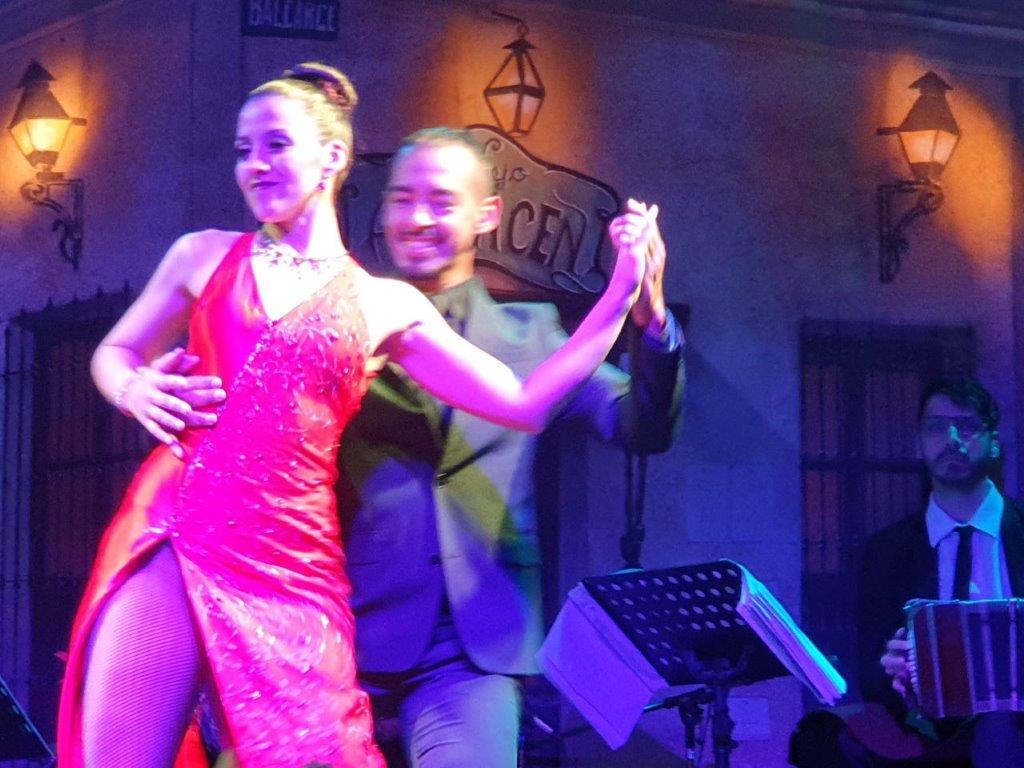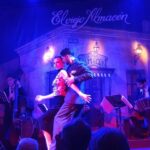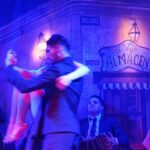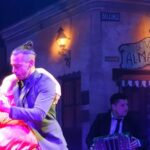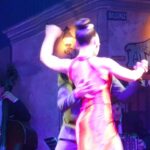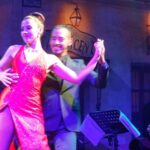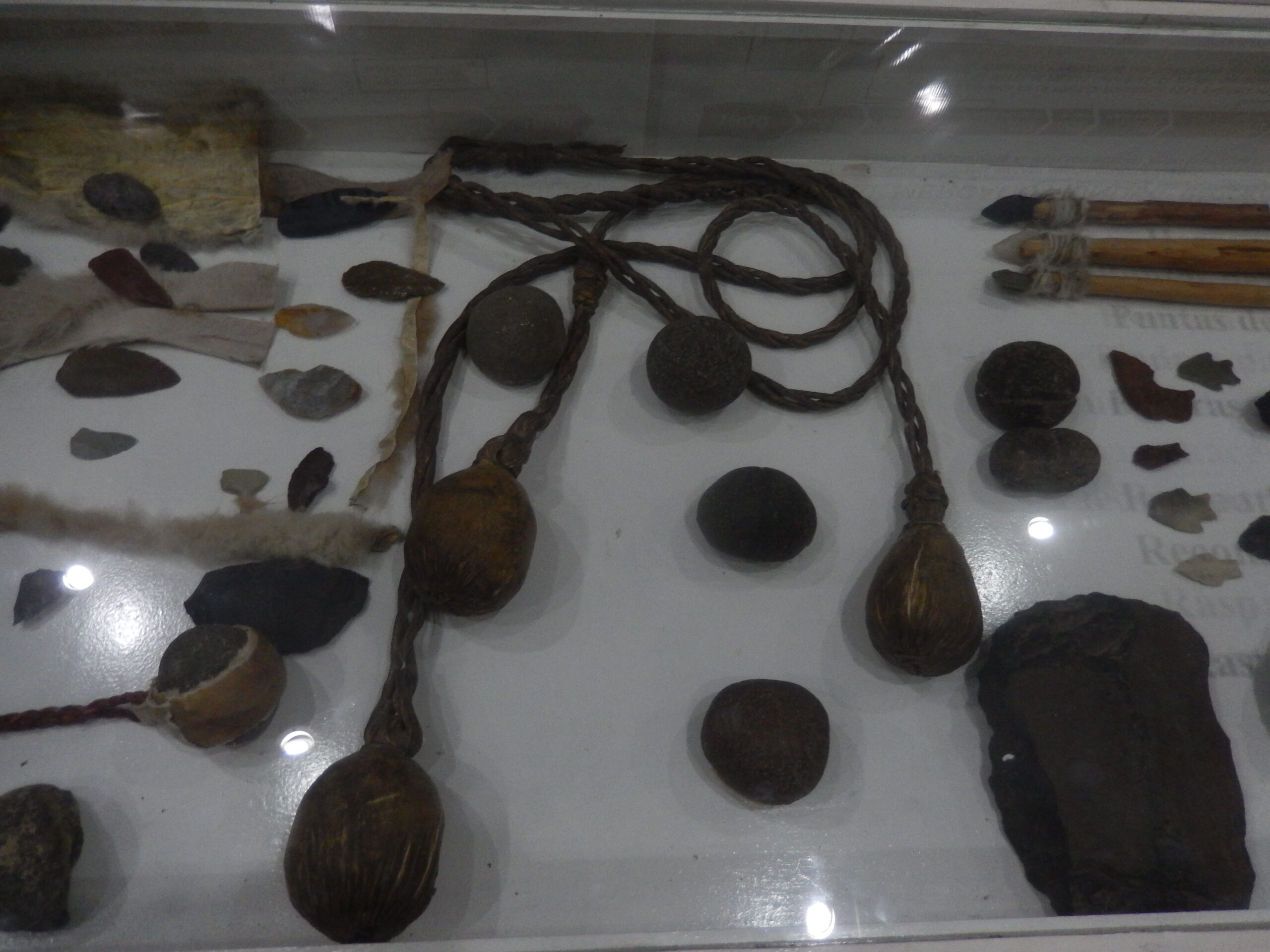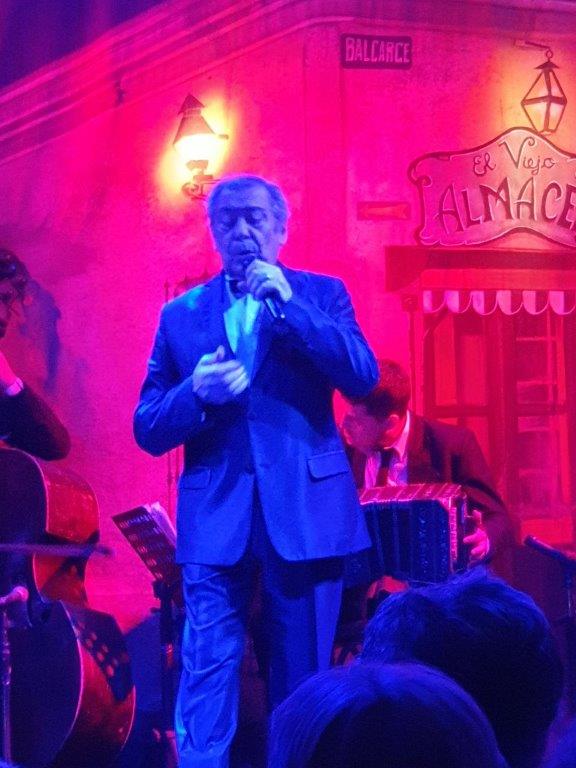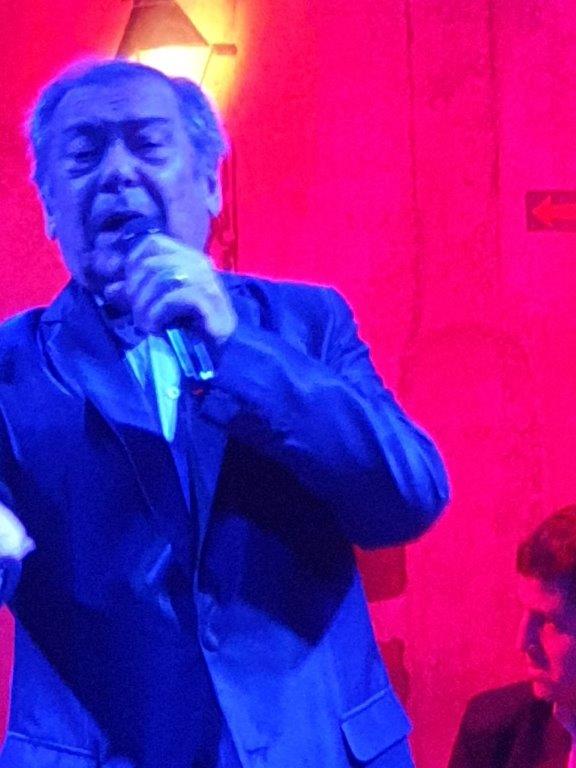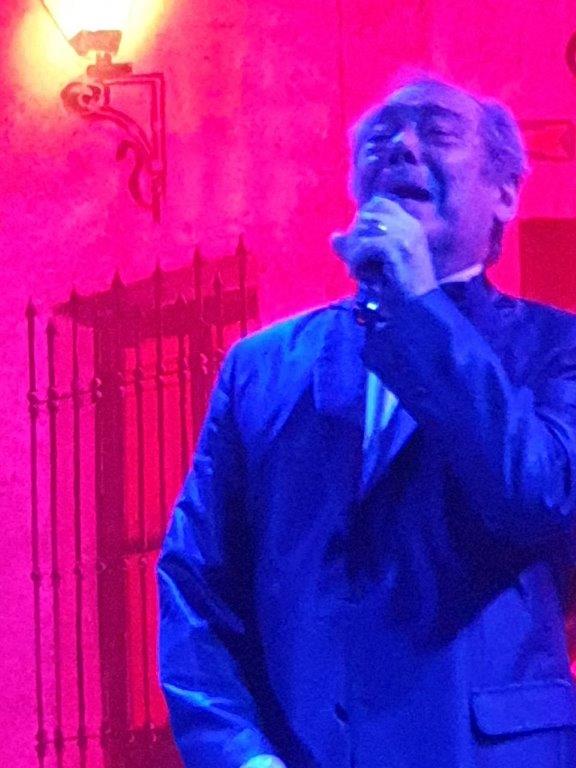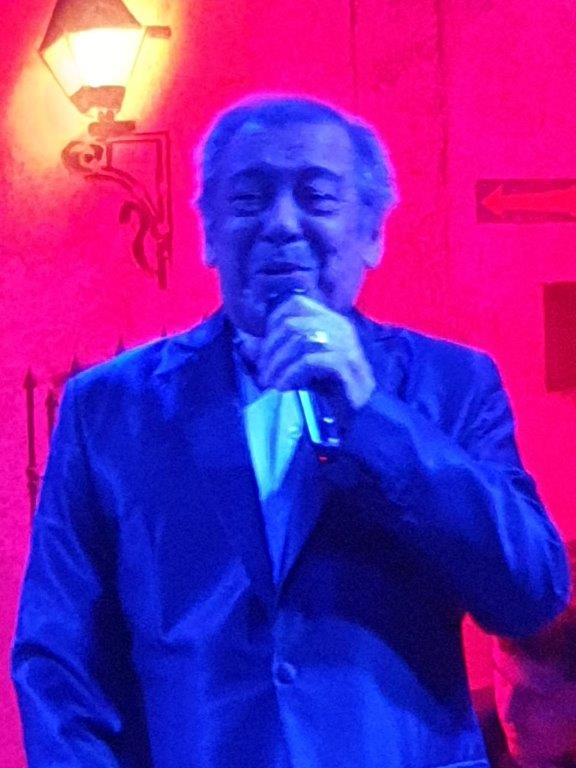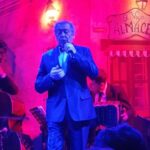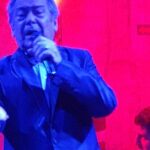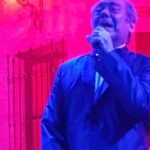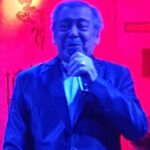4. Argentina: Last Tango in San Telmo
Last Tango in Paris
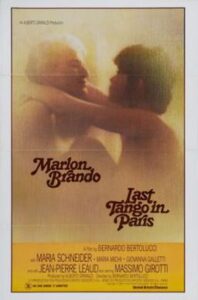 I named this blogpost Last Tango in San Telmo. As a movie buff I love the reference to Bernardo Bertolucci’s Last Tango in Paris. It refers to Tango’s popularity in Europe’s capitals and specificly in Paris, before it really became popular in Buenos Aires. Even in The Netherlands the tango blossomed. At a very young age, The Wandelgek heard e.g. the brilliant tangos of dutch orchestra leader Malando, like e.g. Ole Guapa on a vinyl record from his his parent’s record collection. It was this tango which achieved fame in Argentina as well.
I named this blogpost Last Tango in San Telmo. As a movie buff I love the reference to Bernardo Bertolucci’s Last Tango in Paris. It refers to Tango’s popularity in Europe’s capitals and specificly in Paris, before it really became popular in Buenos Aires. Even in The Netherlands the tango blossomed. At a very young age, The Wandelgek heard e.g. the brilliant tangos of dutch orchestra leader Malando, like e.g. Ole Guapa on a vinyl record from his his parent’s record collection. It was this tango which achieved fame in Argentina as well.
Tango in San Telmo also refers to the explicit sexual tension which is communicated through the Tango dance and which is also in the movie Tango in Paris of course.
Before visiting a beautiful Tango show, The Wandelgek 1st had a dinner with pumpkin soup…
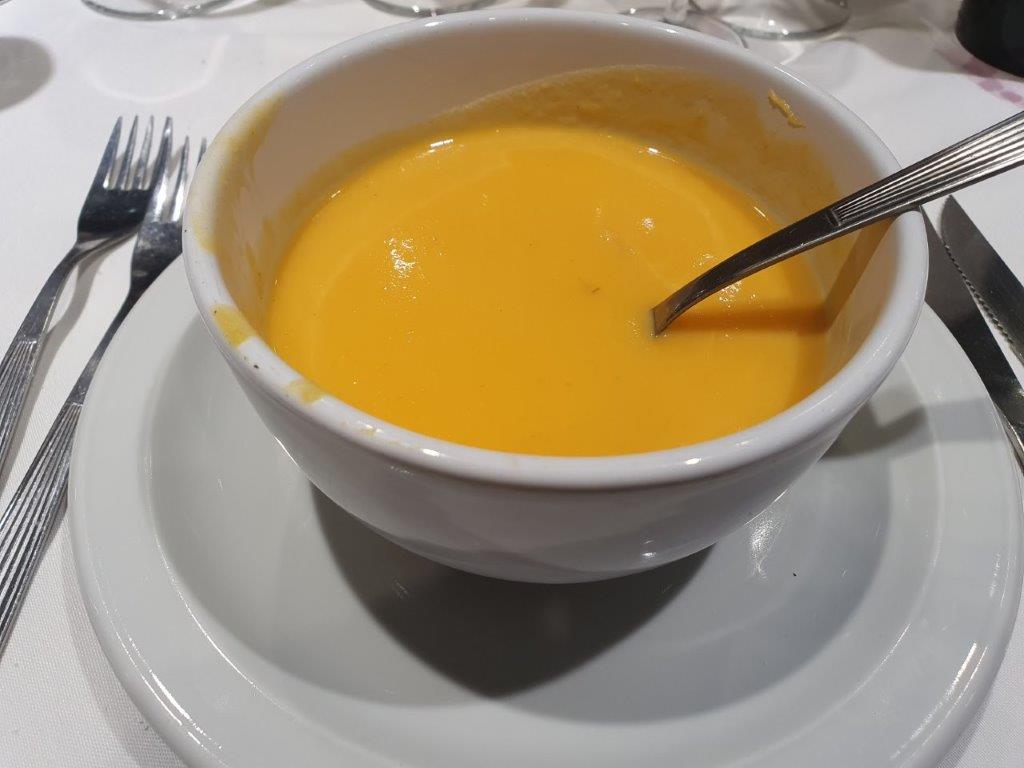 …a large steak and a glass of red wine (Argentine Malbec wines are magnificent)…
…a large steak and a glass of red wine (Argentine Malbec wines are magnificent)…
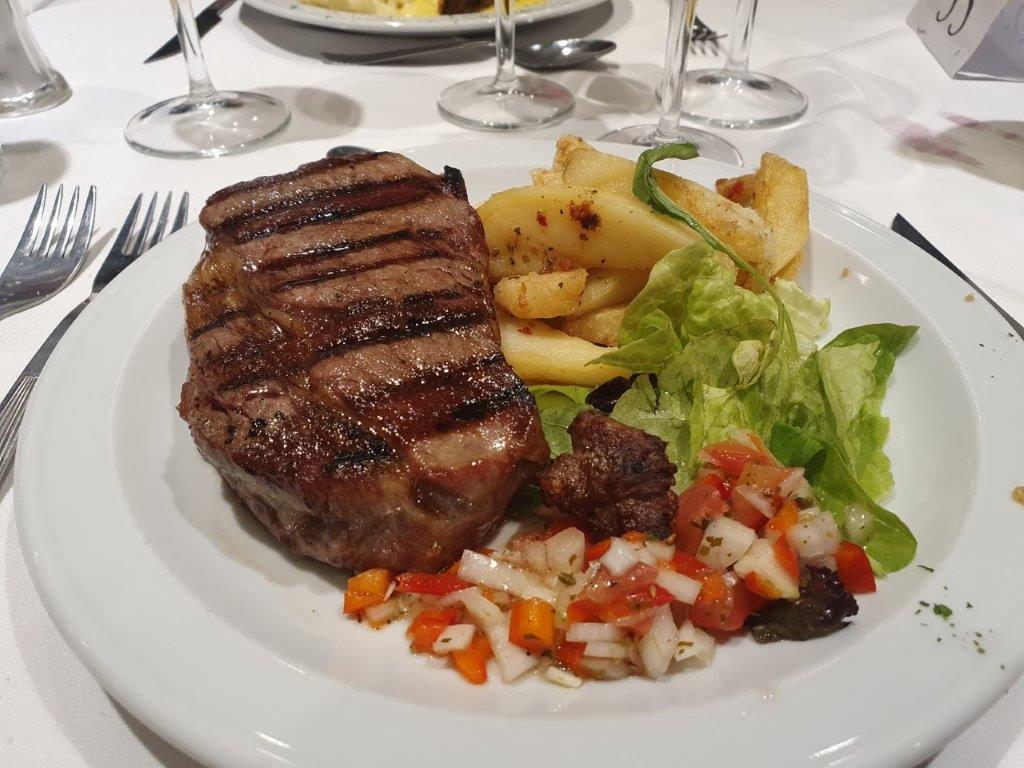 After finishing his meal, he visited the Almacen Theater, which was just opposite of the street. In the blogpost:
After finishing his meal, he visited the Almacen Theater, which was just opposite of the street. In the blogpost:
2. Argentina: City trip through central Buenos Aires’ barrios and the history of Tango
, The Wandelgek already explained the importance of this old Tango Theater and its founder Leonel Edmundo Rivero.
Tango part 2
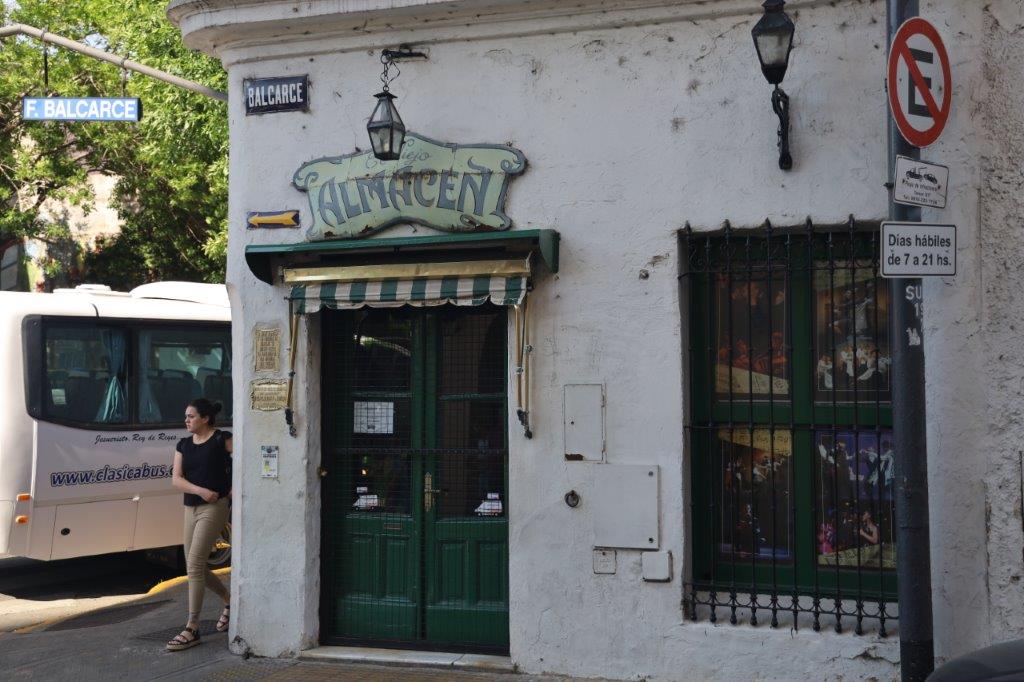 Above is the Almacen theater as photographed from the street, below is a decor on stage of that same theater…
Above is the Almacen theater as photographed from the street, below is a decor on stage of that same theater…
This very old theater had a balcony floor too…
The Tango show had all elements of Tango in it. Tango music, dance and singing.
Tango music
There was a small but quite good Tango orchestra on stage…
Tango dance
The Tango dance is the perfect companion for its music and vice versa. The dance is as ardent, passionate, brooding and outright sexually/erotically loaded as the music…
…but it is still very stylized and well-behaved.
Gaucho Style Tango
Much more macho and to the point, is the Gaucho style Tango. It is even more a dance where the male dancer tries to impress the female dancer and has to perform top-notch to do so.
In the above dance scene, which is extremely physical in its expression, a set of bolleadores (a set of leather balls/bags, attached to a rope, used to hunt) is used to impress. The female dancer first uses them in a powerful dance, which is then followed by the male even more powerful version. More power, more speed, more endurance. The Wandelgek saw this tool a lot later during his travels, when he visited a museum in the town of El Calafate:
Hugo Marcel
Hugo Marcel (born January 24, 1942 in Buenos Aires, Argentina) is an Argentine tango singer and actor.
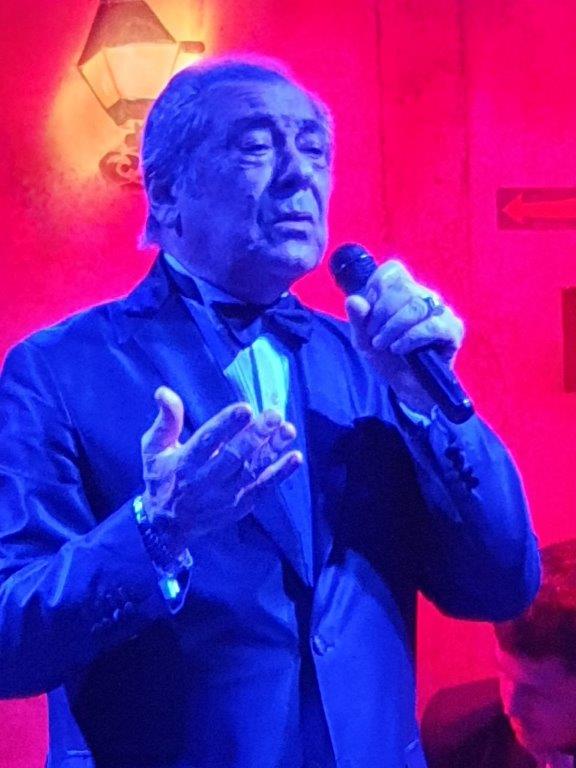 Hugo Marcel, whose real name is Gregorio Horacio Cárpena was born in the neighborhood of Villa Luro. In 1957, when he was only fourteen years old, he joined Leopoldo Federico’s orchestra as a precocious child.
Hugo Marcel, whose real name is Gregorio Horacio Cárpena was born in the neighborhood of Villa Luro. In 1957, when he was only fourteen years old, he joined Leopoldo Federico’s orchestra as a precocious child.
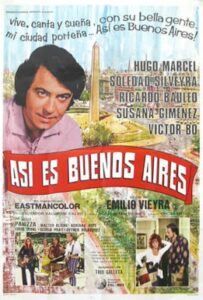 He became a famous Tango singer (starting at the age of 15), becoming a member of several bandsuntil the requests for Tango singers declined dramatically in the early 60’s of the previous century. He then invested in a carreer as a popular music singer in the melodic genre. But luckily, it didn’t take long for him to return to tango, his lifelong love. In 1964, he was called by maestro Mariano Mores to sing in his Popular Lyric Orchestra together with Susy Leiva. With Mores he had the opportunity to make important tours throughout the interior of the country and appear in large television productions. In 1964, he recorded several numbers with the Mores orchestra.
He became a famous Tango singer (starting at the age of 15), becoming a member of several bandsuntil the requests for Tango singers declined dramatically in the early 60’s of the previous century. He then invested in a carreer as a popular music singer in the melodic genre. But luckily, it didn’t take long for him to return to tango, his lifelong love. In 1964, he was called by maestro Mariano Mores to sing in his Popular Lyric Orchestra together with Susy Leiva. With Mores he had the opportunity to make important tours throughout the interior of the country and appear in large television productions. In 1964, he recorded several numbers with the Mores orchestra.
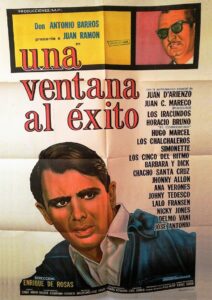 He was actually a bit like an Argentine Elvis Presley in his younger days, surrounded by beautiful women adoring him on the big silver screen.
He was actually a bit like an Argentine Elvis Presley in his younger days, surrounded by beautiful women adoring him on the big silver screen.
Nowadays Hugo Marcel performs at the Almacen theater, singing a few Tango songs…
It was really nice to see a show of such an important element in Argentine culture, meanwhile enjoying a glass or two of a very fine Argentine Malbec wine…
After the last tango in San Telmo, at least the last one The Wandelgek would see here, he walked towards his hotel. It was raining. He than began packing his backpack and preparing for his upcoming journey south to Patagonia.
The next morning would be an early one.

